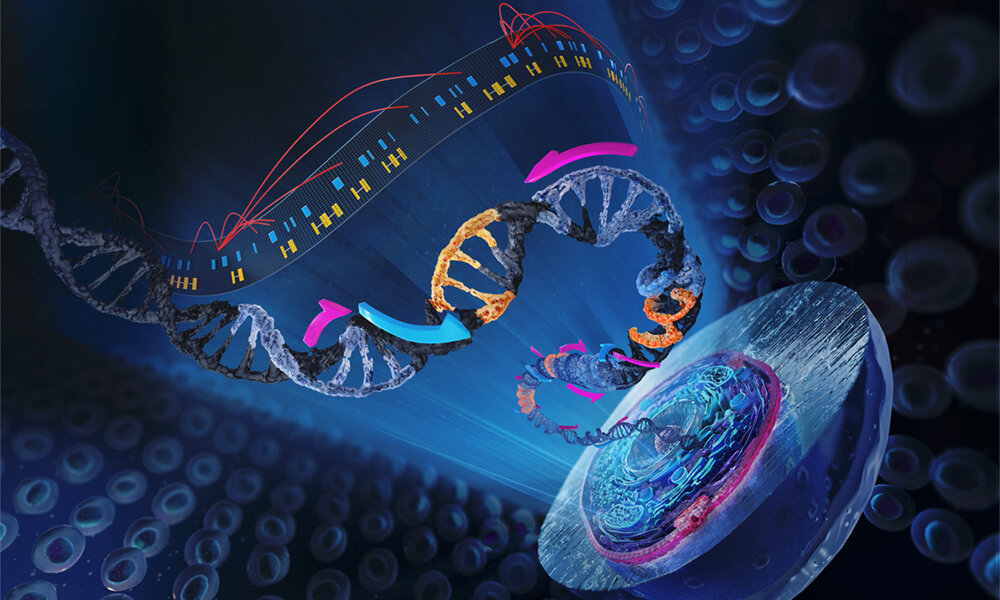Every cell in our body contains the same DNA, yet each cell expresses only a specific subset of genes required to perform its designated function. For decades scientists have been trying understand how cells differentiate and take on specific roles despite sharing the same genome. Single cell genome sequencing is revolutionizing our understanding of biology by allowing scientists to analyze DNA and RNA at the level of individual cells. This emergent technology is providing new insights into development, disease, evolution and more.
Isolation and Preparation of Single Cells
The first step in single cell genome sequencing involves isolating individual cells from tissues or cell populations. Microfluidic devices and fluorescence activated cell sorting (FACS) allow researchers to precisely select target cells based on surface markers. Once isolated, each cell undergoes lysis to release DNA and RNA for sequencing. Due to the miniscule amount of genetic material in a single cell, amplification via PCR is required to generate sufficient material for sequencing. Improvements in whole genome amplification techniques have minimized distortions enabling high fidelity analysis.
Whole Genome Sequencing of Individual Cells
With the amplified DNA ready, next generation sequencing platforms can now sequence the whole genomes of individual cells. This allows characterization of genomic variations like single nucleotide polymorphisms that are often lost when analyzing populations of cells together. Comparing whole genomes across many individual cells has provided valuable insights into clonal evolution during development and disease progression. Looking at rare mutations aids discovery of disease-causing genes and biomarkers. Whole genome sequencing coupled with analysis of epigenetic markers like DNA methylation reveals how cells differentiate by altering gene expression patterns.
Transcriptome Profiling at Single Cell Resolution
In addition to genomic analysis, single cell RNA sequencing allows examination of cell-to-cell variability in gene expression. Isolating and reverse transcribing mRNA from individual cells followed by sequencing generates a digital profile of which genes are actively transcribed in each cell. Comparing transcriptional profiles across thousands of cells has revealed unprecedented complexity within cell types traditionally viewed as homogeneous populations. This has helped identify rare cell states and trace lineage relationships during development. Understanding gene regulatory networks and how they influence cellular identities is a major focus of ongoing single cell transcriptomics studies.
Revolutionizing Our View of Immunology
The immune system, comprised of many specialized cell types, has been a major beneficiary of single cell ‘omics techniques. Analyzing genome and transcriptome data from thousands of individual immune cells sampled from blood and tissues is elucidating immune cell heterogeneity, developmental pathways and responses to pathogens at an unprecedented scale. For example, single cell RNA-seq of peripheral blood mononuclear cells revealed at least 60 cell subsets within major immune cell lineages like T cells and monocytes that were previously unknown. Studying SCRNA-seq data from COVID-19 patients elucidated abnormal immune signatures associated with disease severity. Such insights are accelerating development of immunotherapies and vaccines.
Applications in Cancer Research
Cancer progression is driven by the accumulated mutations within tumor cells and their microenvironment. Single cell sequencing methods are helping decode intratumoral heterogeneity by resolving subclonal architecture and rare cell states like cancer stem cells. SCG and SCRNA-seq of circulating tumor cells aids early diagnosis and monitoring of treatment response. Comparing normal and tumor cells at single cell resolution from the same patient is revealing mutation acquisition trajectories during tumorigenesis. Understanding clonal evolution in spatial and temporal context will enable more precise personalized medicine approaches. Ongoing collaborations between cancer biologists and computational experts continue expanding the potential of single cell ‘omics.
In just over a decade, single cell sequencing techniques have transformed the scale and precision with which biological systems can be investigated. From developmental biology to immunology to cancer research, these tools are providing cell type annotations as well as high-resolution lineage tracing information that was previously unattainable by bulk analysis. Technological advancements continue lowering sequencing costs and improving throughput. As single cell datasets accumulate across many diseases and conditions, machine learning approaches will mine the resulting petabytes of data to gain novel mechanistic insights. Overall, single cell sequencing is giving us an unprecedented view into the incredible complexity underlying life at the cellular level.




